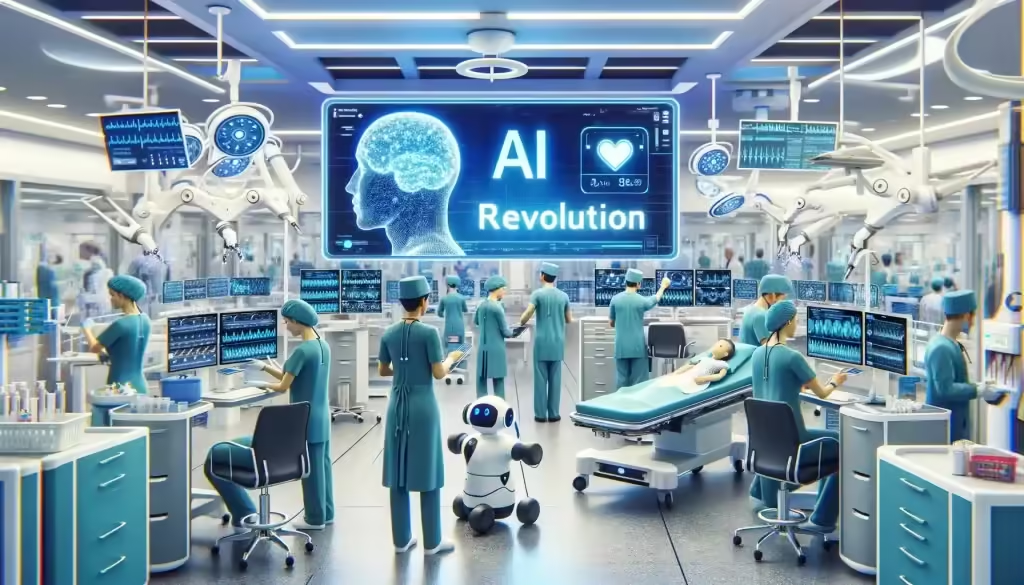In recent years, Large Language Models (LLMs) have become one of the most transformative technologies in artificial intelligence. These models are capable of understanding and generating human-like text, performing reasoning tasks, coding, translating languages, and even engaging in complex conversations. In 2024, we’ve witnessed significant advancements in LLMs across multiple dimensions — from model architecture and training data to performance, efficiency, and real-world applications.
🧬 1. Next-Generation Models: Bigger, Smarter, and More Efficient
🔭 GPT-5 (Rumored)
Although OpenAI has not officially announced the release of GPT-5 , rumors suggest that it is under active development. Speculations point toward a more robust reasoning engine, reduced hallucinations, better alignment with user intent, and enhanced multilingual capabilities. It’s expected to be trained on more diverse and up-to-date data sources compared to its predecessor, GPT-4.
🌟 Google Gemini Ultra
Google launched the Gemini family of models in late 2023, with Gemini Ultra being the flagship model. Designed for multi-modal reasoning, Gemini Ultra excels at processing and integrating information from text, images, audio, and code. This advancement marks a key milestone in moving beyond pure language understanding to cross-modal intelligence.
🧱 Meta’s Llama 3
Meta continues to lead in open-source AI with the release of Llama 3https://www.llama.com , offering improved accuracy, faster inference speeds, and support for more languages. Its open nature allows researchers and developers worldwide to build upon and customize the model for various use cases, accelerating innovation in the field.

🧠 2. Improvements in Reasoning and Logic
One of the most notable developments in 2024 has been the enhancement of reasoning capabilities in LLMs. While earlier models struggled with logical deduction or mathematical problem-solving, newer versions like DeepSeek Math , Anthropic’s Claude 3 , and others demonstrate impressive performance on standardized tests and logic puzzles.
Techniques such as:
- Chain-of-thought prompting
- Self-reflection and iterative reasoning
- Integration with symbolic AI systems
…are helping bridge the gap between pattern recognition and true cognitive reasoning.
📚 3. Training Data and Knowledge Expansion
Modern LLMs now incorporate:
- Real-time knowledge updates : Some models can access current data through APIs or internal databases.
- Specialized domain training : Industry-specific fine-tuning (e.g., legal, medical, finance) enables high-performance in niche areas.
- Multilingual fluency : Enhanced training on global datasets improves performance across dozens of languages.
This evolution means that LLMs are becoming more context-aware, accurate, and adaptable to new domains without retraining from scratch.
⚙️ 4. Efficiency and Deployment Innovations
Despite their power, large models have traditionally required massive computational resources. However, 2024 has seen major improvements in:
- Model compression : Techniques like quantization and pruning allow smaller versions of powerful models to run efficiently on devices like smartphones and laptops.
- On-device AI : Apple, Qualcomm, and Google are enabling local execution of LLMs for privacy and speed.
- Custom hardware acceleration : Chips from NVIDIA, AMD, and startups like Groq are optimized specifically for AI workloads, reducing costs and increasing speed.
🛡️ 5. Alignment and Safety Enhancements
With growing concerns about bias, misinformation, and misuse, companies are investing heavily in making LLMs safer and more aligned with human values. Techniques include:
- Reinforcement learning with human feedback (RLHF)
- Constitutional AI methods to enforce ethical behavior
- Transparency tools that explain model decisions
These efforts aim to make AI more trustworthy, especially in critical sectors like healthcare, education, and government.
💼 6. Real-World Applications
LLMs are no longer confined to labs or research papers. In 2024, they’re powering:
- Enterprise automation : Customer service bots, document summarization, and report generation.
- Code generation and debugging : Tools like GitHub Copilot X and Amazon CodeWhisperer are revolutionizing software development.
- Content creation : From marketing copy to academic writing, LLMs assist professionals across industries.
🔄 7. Future Outlook
The future of LLMs lies in:
- Hybrid AI systems combining neural networks with symbolic reasoning.
- Continual learning models that adapt over time without forgetting past knowledge.
- Ethical frameworks ensuring responsible deployment at scale.
As these models continue to evolve, they will play an increasingly central role in shaping how we interact with technology, learn new skills, and solve complex problems.




